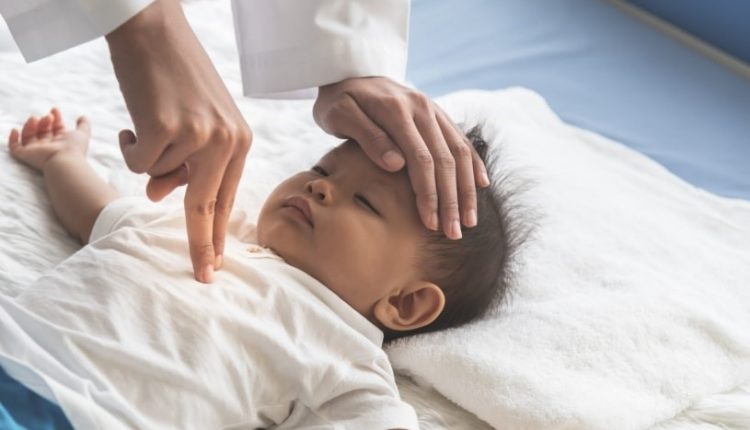
Diagnosis and prevention of pneumonia
Pneumonia presents itself as a severe infection or inflammation of the lungs caused by bacteria, viruses or fungi
Bacterial pneumonia is the most common in adults and is usually caused by Pneumococcus pneumoniae
The bacterium Mycoplasma pneumoniae is the most common cause of pneumonia among school-age children, while children aged 2-3 years are more likely to contract pneumonia through viruses that attack the respiratory tract.
Pneumonia is usually transmitted by people who are already infected through contact, sneezing or coughing and presents with symptoms such as fever, coughing, chills, chest pain, increased mucus production, fatigue, headache, loss of appetite, nausea and vomiting.
Sometimes muscle and joint stiffness may also be associated with these symptoms.
Preventing pneumonia: the importance of the vaccine
Pneumonia can be prevented by getting vaccinated; a single injection protects the patient for at least a decade.
The vaccine is recommended for people over the age of 65, those suffering from diseases that debilitate the immune system or affect the spleen, those living in nursing homes, or those who face long and/or frequent hospital stays.
Since pneumonia can also result from a bout of influenza, the influenza vaccine can also be an effective weapon to prevent pneumonia.
Examinations and treatment
The doctor diagnoses pneumonia when, during auscultation with a stethoscope, he or she hears rales or other abnormal sounds.
However, there are other tests that can confirm the diagnosis: tests on an arterial blood sample, blood cell count, chest X-ray.
If the cause of the pneumonia is bacterial, treatment will essentially be based on treating the infection with antibiotics; if, however, the cause is viral, antibiotics will have no effect.
Supportive therapies may include the administration of oxygen and respiratory therapies to eliminate excess mucus.
Most patients have a good prognosis of two weeks at most, while the situation is more serious in the case of elderly or debilitated persons.
Read Also:
Emergency Live Even More…Live: Download The New Free App Of Your Newspaper For IOS And Android
Kaposi’s Sarcoma: Discover What It Is
Pneumonia: Causes, Treatment And Prevention
Pneumothorax And Pneumomediastinum: Rescuing The Patient With Pulmonary Barotrauma
Bronchitis And Pneumonia: How Can They Be Distinguished?
AIDS, Difference Between HIV1 And HIV2
HIV: How Soon Do Symptoms Appear? The 4 Stages Of Infection
Endotracheal Intubation: What Is VAP, Ventilator-Associated Pneumonia
Pneumocystis Carinii Pneumonia: Clinical Picture And Diagnosis



